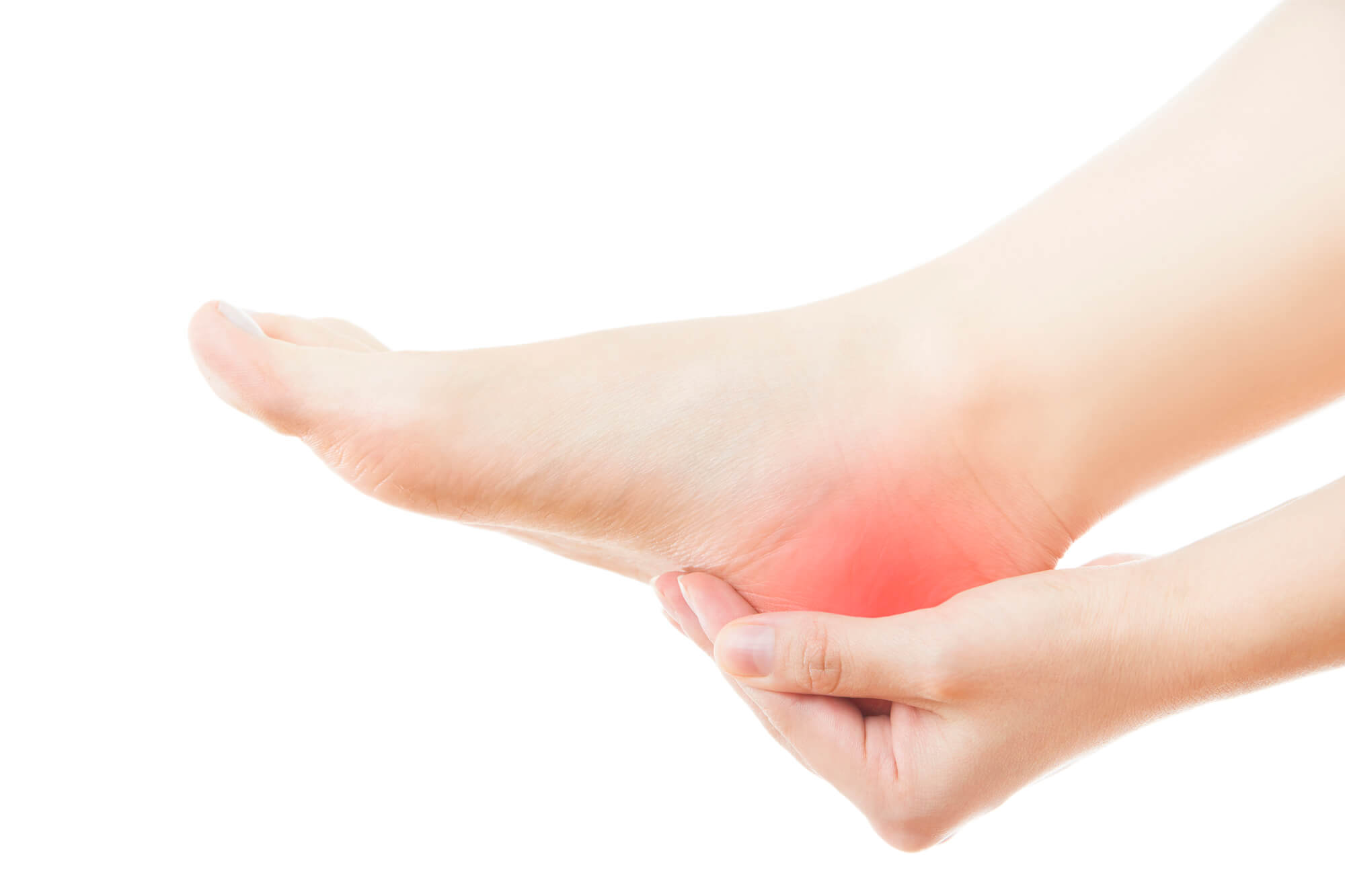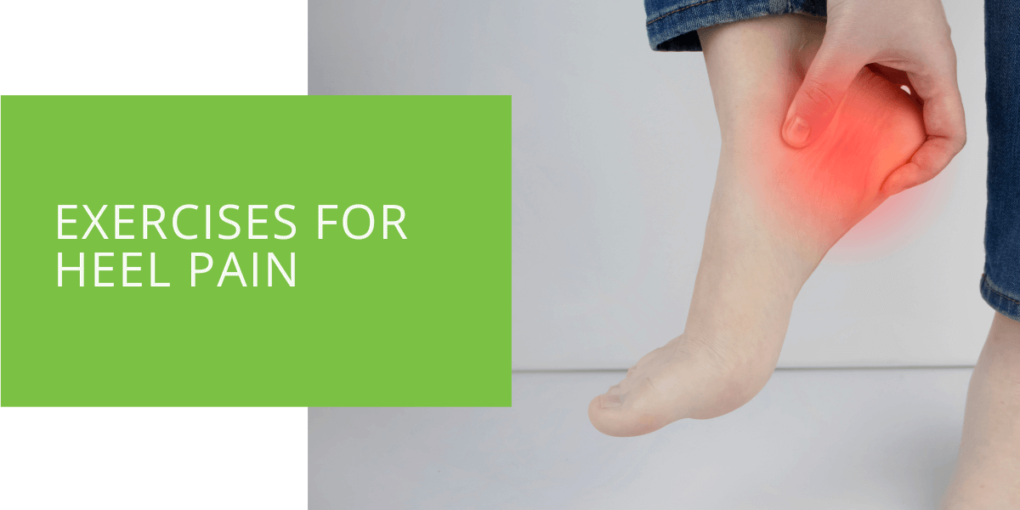Exercises for Heel Pain, Including Plantar Fasciitis
Heel pain is a common issue that can have a major impact on your daily life. Whether you're an avid runner or just someone who spends a lot of time on their feet, heel pain can be a real hindrance. If you're experiencing heel pain, you may be wondering what you can do to alleviate the discomfort. In this article, we'll explore exercises that can help relieve heel pain, including plantar fasciitis, a common cause of heel pain.
What is Plantar Fasciitis?
Plantar fasciitis is a condition that causes pain in the heel and the bottom of the foot. It's caused by inflammation of the plantar fascia, a band of tissue that runs along the bottom of the foot. The plantar fascia helps to support the arch of the foot and absorbs shock as we walk or run. When it becomes inflamed, it can cause significant heel pain.
Symptoms of plantar fasciitis include pain in the heel or bottom of the foot, especially when you first get out of bed in the morning or after sitting for a long period of time. You may also experience pain when you stand up after sitting for a while, or after walking or running for an extended period of time. In severe cases, the pain may be present all the time.
There are several factors that can contribute to the development of plantar fasciitis. Overuse and overloading the plantar fascia can lead to inflammation. This can occur if you're a runner, or if you work a job that requires you to be on your feet for long periods of time. Other risk factors include obesity, flat feet, high arches, and wearing shoes that don't provide adequate support.

Exercises to Help Relieve Heel Pain
If you're experiencing heel pain, there are several exercises you can try to help alleviate the discomfort. Stretching, strengthening, and other exercises can all be effective in managing heel pain and plantar fasciitis.
Stretches
Stretching can be an effective way to help reduce heel pain and improve flexibility in the foot and ankle. Here are a few stretches you can try:
- Towel stretch: Sit on the floor with your legs straight out in front of you. Place a towel around the ball of your foot and gently pull the towel towards you to stretch the bottom of your foot and toes. Hold the stretch for 15-30 seconds, then relax and repeat.
- Calf stretch: Stand facing a wall with your hands on the wall at shoulder height. Step back with one foot, keeping your heel on the ground. Bend your front knee and lean into the wall until you feel a stretch in the back of your calf. Hold the stretch for 15-30 seconds, then relax and repeat.
- Arch stretch: Stand facing a wall with your hands on the wall at shoulder height. Step back with one foot and place the ball of your foot on the edge of a step or curb. Keep your heel on the ground and gently lean forward into the wall until you feel a stretch in the arch of your foot. Hold the stretch for 15-30 seconds, then relax and repeat.
Strengthening Exercises
In addition to stretching, strengthening exercises can also be helpful in managing heel pain. Here are a few exercises you can try:
- Toe raises: Stand with your feet shoulder-width apart and place a small weight or can of food in each hand. Lift the balls of your feet and raise your heels off the ground as high as you can, keeping your toes pointed forward. Hold for a second, then lower your heels back down to the ground. Repeat for 8-12 reps.
- Heel raises: Stand with your feet shoulder-width apart and your hands on your hips. Lift your heels off the ground as high as you can, keeping your toes pointed forward. Hold for a second, then lower your heels back down to the ground. Repeat for 8-12 reps.
- Ball roll: Sit on a chair with your feet flat on the ground. Place a tennis ball or golf ball under the arch of your foot and roll it back and forth, using your foot to apply pressure. This helps to stretch and massage the plantar fascia.

Other Tips for Managing Heel Pain
In addition to stretching and strengthening exercises, there are several other things you can do to help manage heel pain:
- Wearing proper footwear: Wearing shoes that provide adequate support can help reduce the strain on the plantar fascia and alleviate heel pain. Look for shoes with good arch support and a cushioned sole.
- Using orthotic inserts: Orthotic inserts are special inserts that you place in your shoes to provide additional support and cushioning. They can be especially helpful for people with flat feet or high arches.
- Resting and icing the affected area: Taking a break from activities that put strain on the heel and icing the area can help reduce inflammation and alleviate pain.
When to Seek Medical Attention
While stretching and strengthening exercises can be effective in managing heel pain, it's important to know when to seek medical attention. If you're experiencing severe pain that does not improve with home treatment, or if you're experiencing pain while walking or standing, it's important to consult a medical professional. You should also seek medical attention if you notice signs of infection, such as redness, swelling, or warmth in the affected area.

Conclusion
Heel pain can be a real hindrance, but with the right exercises and self-care techniques, it's possible to alleviate the discomfort and get back to your normal activities. Stretching and strengthening exercises are effective in managing heel pain and plantar fasciitis, and wearing proper footwear and using orthotic inserts can also be helpful. If pain persists or worsens despite home treatment, it's important to consult a medical professional. By addressing heel pain early on, you can improve your quality of life and get back to doing the things you love.
FAQ
Can I do these exercises sitting down?
Some of the exercises in the article, such as the towel stretch and ball roll, can be done sitting down. Others, like the calf stretch and heel raises, require you to be standing. If you have difficulty standing for long periods of time, you can try doing the exercises seated with your feet on a chair or bench. Just be sure to keep your back straight and engage your core to maintain good posture.
Do I need any special equipment for these exercises?
For most of the exercises in the article, you won't need any special equipment. A towel or a step or curb can be helpful for some of the stretches, but they're not necessary. For the strengthening exercises, you can use small weights or cans of food as hand weights if you have them, but you can also do the exercises without weights.
Are there any additional stretching articles or resources you recommend?
There are plenty of resources available online with more information on stretching for heel pain and plantar fasciitis. Some good stretches to try include the toe curl stretch, the heel cord stretch, and the runner's stretch. You can also try using a foam roller or a water bottle to massage the bottom of your foot and help alleviate tension in the plantar fascia.
What are some specific stretches that can help soothe heel pain?
Some good stretches to try for heel pain include the towel stretch, the calf stretch, and the arch stretch. These stretches can help improve flexibility and reduce tension in the muscles and tissues of the foot and ankle, which can help alleviate discomfort.
Are these exercises also good for plantar fasciitis?
Yes, the exercises in this article are specifically designed to help manage heel pain and plantar fasciitis. Stretching and strengthening exercises can help reduce inflammation and improve the function of the plantar fascia, which can help alleviate pain and discomfort associated with plantar fasciitis.
Is there a difference between plantar fasciitis and heel pain?
Plantar fasciitis is a specific condition that causes pain in the heel and the bottom of the foot. It's caused by inflammation of the plantar fascia, a band of tissue that runs along the bottom of the foot. Heel pain can be caused by a variety of factors, including plantar fasciitis, but it can also be caused by other issues such as heel spurs, tendonitis, or stress fractures. It's important to consult a medical professional to determine the cause of your heel pain and get the appropriate treatment.

